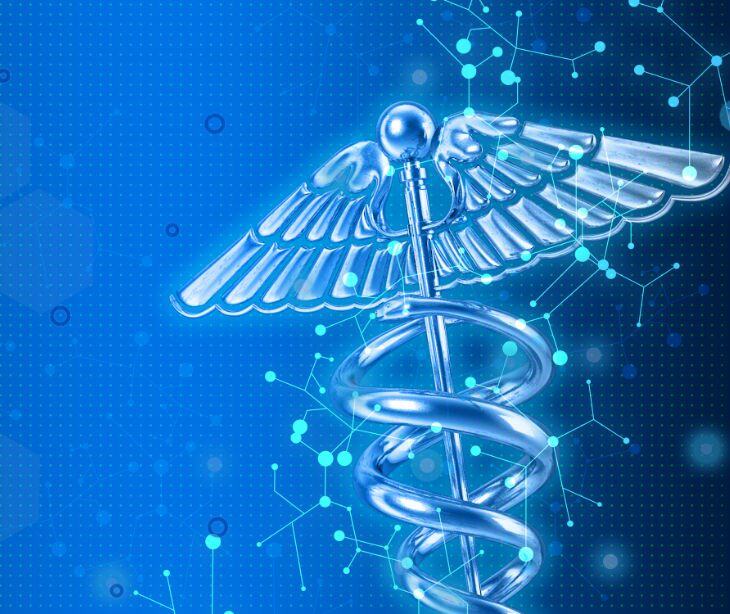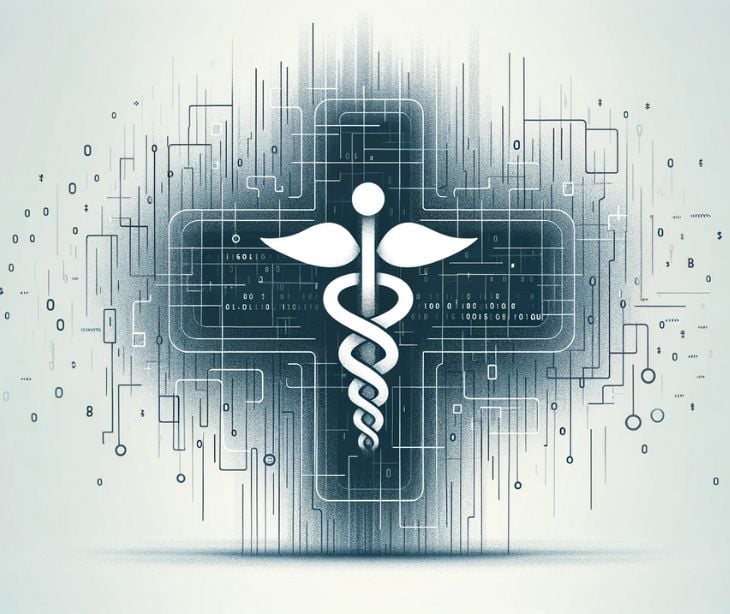
In a strategic move to fortify its technology, cybersecurity, data, and artificial intelligence (AI) capabilities, the U.S. Department of Health and Human Services (HHS) has announced a major reorganization. This initiative tries to streamline main functions, consolidate responsibilities, and position the department to better understand the shifting technological terrain of healthcare and human services.
What happened
The reorganization by HHS marks a pivotal moment in the department's approach to using technology, data, and AI to advance its mission. Historically, these functions were distributed across various offices, including the Office of the National Coordinator for Health Information Technology (ONC), the Assistant Secretary for Administration (ASA), and the Administration for Strategic Preparedness and Response (ASPR). The new organizational structure seeks to centralize and strengthen these capabilities.
Going deeper
Changes include:
- Renaming and expanding ONC: The Office of the National Coordinator for Health Information Technology (ONC) will be renamed the Assistant Secretary for Technology Policy and Office of the National Coordinator for Health Information Technology (ASTP/ONC). This expanded role will oversee technology, data, and AI policy and strategy across the department.
- Consolidating leadership roles: The department-level roles of chief technology officer, chief data officer, and chief AI officer will now fall under the purview of ASTP/ONC, streamlining the oversight and coordination of these important functions.
- Enhancing cybersecurity efforts: The 405(d) Program, a public-private partnership focused on healthcare cybersecurity, will be transferred from ASA to ASPR, aligning it with the department's existing health sector cybersecurity activities.
What was said
HHS Secretary Xavier Becerra pointed out the necessity of this reorganization, stating, "Cybersecurity, data, and artificial intelligence are some of the most pressing issues facing the health care space today. As a Department, HHS must be agile, accountable, and strategic to meet the needs of this moment."
Why it matters
This reorganization proves HHS's commitment to staying at the forefront of technological advancements in the healthcare and human services sectors. Through consolidating and strengthening its technology, data, and AI functions, the department tries to enhance its ability to use these tools and strategies to improve the health and well-being of the American people.
FAQs
Why is this reorganization important for HHS?
This reorganization is necessary for HHS to address the growing importance of technology, data, and AI in the healthcare and human services sectors. By centralizing these functions, HHS aims to be more agile, accountable, and strategic in using these tools to advance its mission and better serve the American people.
How will the new chief technology officer, chief data officer, and chief AI officer roles impact HHS operations?
The creation of these dedicated leadership roles will allow HHS to set detailed policies, strategies, and governance approaches for the department's technology, data, and AI initiatives. This will help ensure the safe, secure, and effective use of these tools to support HHS's programs and services.
What are the benefits of aligning the healthcare cybersecurity efforts under ASPR?
By consolidating the "405(d) Program" and other healthcare cybersecurity activities under ASPR, HHS tries to provide a more streamlined and coordinated approach to addressing cybersecurity threats in the healthcare sector. This "one-stop-shop" approach will enhance the department's ability to protect sensitive healthcare information and infrastructure.
Subscribe to Paubox Weekly
Every Friday we'll bring you the most important news from Paubox. Our aim is to make you smarter, faster.






